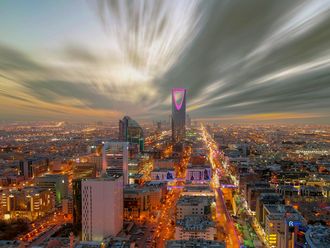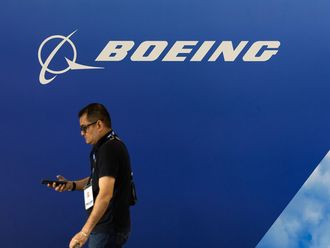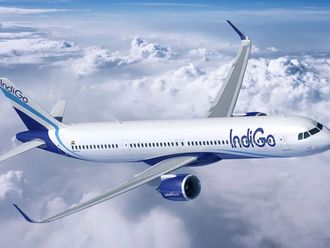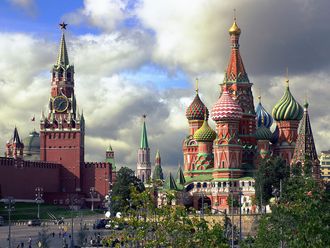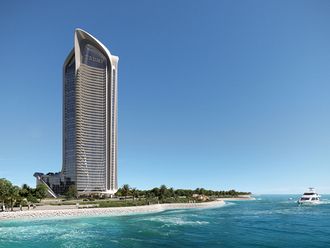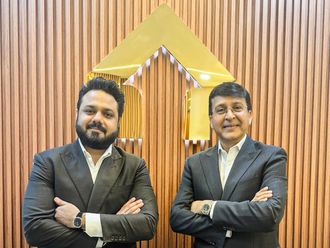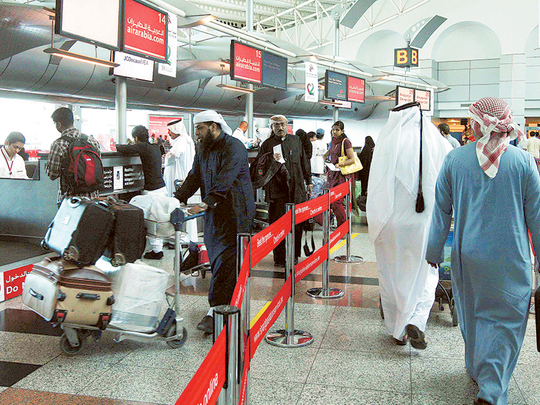
Sharjah: The master plan to expand Sharjah International Airport is being revised with the government of Sharjah calling for costs to be cut, the Sharjah Airport Authority Chairman said on Monday.
Sharjah Airport Authority tasked American engineering firm Bechtel last January to draft a master plan to increase capacity from 8.5 million passengers a year to 25 million by 2025. The study was to take eight months, Sharjah Airport Authority said at the time.
Ali Salim Al Midfa, Sharjah Airport Authority chairman, said the government has asked for a review of the budget and a new master plan submitted. He declined to state how much the initial draft had budgeted for the expansion plan.
Global consultancy firm EY is advising the airport on how it will finance the project, Al Midfa said. Sharjah Airport Authority is considering either state funding or a build-operate-transfer model, which would allow the private sector to finance, design, construct and operate the terminal under a concession.
Sharjah Airport Authority and Bechtel held “seven workshops” with stake holders last year, including airlines, immigration and police, when drafting the initial master plan, Al Midfa said. The capacity expansion includes immediate plans to build a new terminal and the construction of new roads around the airport, Al Midfa said.
The current timeline sees capacity lifted from 8.5 million passengers a year to 15 million by 2017/2018, according to Al Midfa, although he admits that construction should have “started yesterday” to keep up with increasing demand. Sharjah International Airport handled 8.5 million passengers in 2013. Al Midfa said the airport expects an additional 500,000 to 600,000 passengers each year. The airport has previously said it expects to handle 25 million passengers a year by 2025. Al Midfa said ideally the airport should be able to handle this many passengers by 2019.
The master plan also proposes the construction of a hotel and shopping mall to be built near the airport. Al Midfa said commercial land has been reserved for the the hotel and shopping mall, which would generate additional income for the airport. Non-aeronautical revenue, such as food and beverage concession fees, account for 65 per cent of the airports income, Al Midfa said.
Last year, a new runway that is capable of handling the world’s largest passenger jet, the Airbus A380, was built at the airport at a cost of Dh500 million. The old runway is now used as a taxiway.


